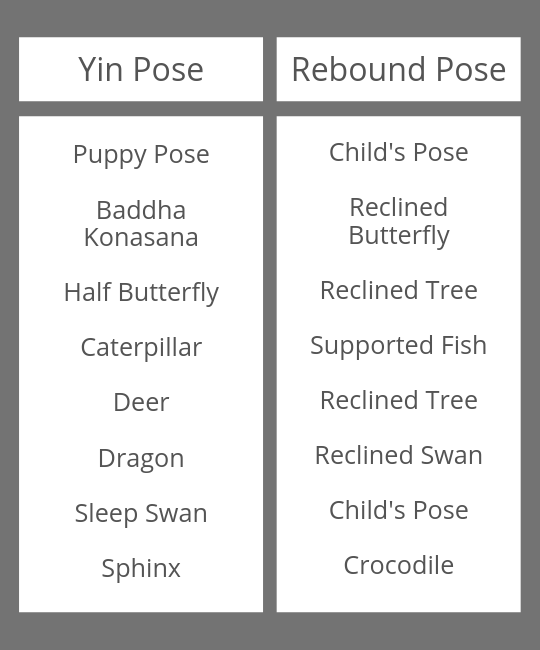Yin Yoga: Practice, Benefits, and How to Get Started
Yin yoga aligns the body’s energies to prepare for deeper meditative states. Offering this practice to students who feel energetically stuck can help release tension and restore balance.
From a physiological standpoint, moving the body before sitting for extended periods is beneficial. According to the yoga sutras, achieving meditation requires pratyahara (withdrawal of the senses) and focused concentration. By moving first, energy flows freely, and the mind is better prepared for stillness.
Preparing for Yin Yoga Practice
Preparation involves both mental and physical support. A clean, bright practice space with good circulation helps students focus. Props such as bolsters, blocks, and blankets support proper alignment and comfort during long holds.
Yin yoga emphasizes purifying both body and mind. Observing the niyamas (five observances) supports readiness, similar to Raja yoga’s guidance for meditation preparation.
How to Practice Yin Yoga
Yin yoga works best when muscles are cool. Practicing in the early morning or late evening prevents stress from transferring from ligaments and joints to warm muscles. Practicing before Yang activities also benefits both elastic and plastic tissues.
Considering seasonal energy can enhance practice. For instance, Yin yoga during warmer months can balance excess Yang energy. Poses should be held long enough to feel sensation without overstressing the body.
Yoga props allow students to reach individualized depth while maintaining stillness safely and effectively.
Yin Yoga and Energetics
Energy awareness is central to this practice. Practitioners engage the pranamaya kosha and use controlled breath to move energy through the nadi channels. One method involves visualizing inhalations traveling down the spine to the tailbone and exhalations rising back up, orbiting energy.
Rebounding complements energy flow. This technique compresses ligaments and joints while stretching fascia, promoting cellular hydration and healing. Long holds gradually open fascia. When compression is released, joint capsules refill with fluid, leaving fascia slightly stretched and energized.
During rebound phases, students experience the restorative return of fluids, nutrients, and oxygen, creating a gentle pulsing sensation. Counterbalancing compressive poses with restorative rebound poses allows recovery, with rebound poses typically held for half the duration of the compressive posture.
A table below illustrates common Yin yoga poses and their rebound counterparts.
Conclusion
Yin yoga provides a powerful method to balance energy, improve flexibility, and prepare the body and mind for meditation. With proper preparation, supportive props, and mindful attention to breath and energy flow, students gain both physical and energetic benefits.
For more information about the origins of this practice, explore who invented Yin yoga.

